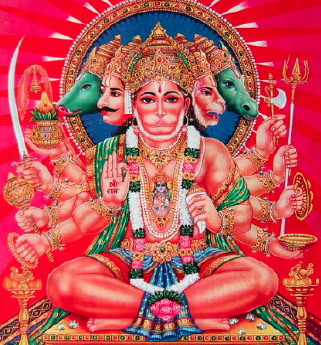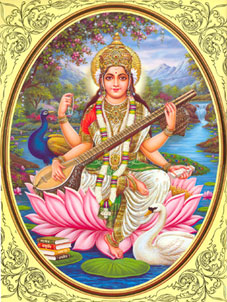My family of Ukrainian Catholics follows many old national traditions, almost all of which are likely rooted in paganism, and often draw from the traditions of other religions as well. As happened in many cultures the world around, even after they were dominated by Christianity, old practices remained, modified to fit the restrictions of the new religion. Symbolism was reworked, but ultimately, the traditions endured. Christmas Eve is one of our most intricate rituals.
The main component of the day is focused around preparing the dinner, and no food is eaten at all until it is ready. As Christmas Eve is a fasting day, our meal is assembled completely without meat or, in some cases, dairy. Specific cooking gear is used to prepare it, special pots and pans that have never been touched by these things. The majority of the specifics of the ritual focus around this meal. The actual food has always been cooked primarily by my uncle and grandparents, which is somewhat of a tradition in itself. At dark my parents and I make the trek across the yard to my grandparents’ house next door.
Once there, it’s customary for the eldest male in the house, my grandfather, to offer everybody a piece of mediunyk, honeyed bread, while proclaiming to everyone xrystos razdayetsha (Christ is born), to which they reply slavyte yoho (glorify him). No food can be eaten until this is done. Once everybody has had their mediunyk and given the proper response (even if it’s pronounced badly by non-speakers like my father), we sit. Beneath the table is a small sheaf of straw to represent the floor of the manger that Jesus was born in, and on top of it is an extra place setting, always one more than necessary to seat everyone present, in anticipation of an unexpected visitor. The importance behind this is taken from the story of the holy family and how they could find no place to stop and stay as they traveled through Bethlehem. Not wanting a repeat of events brought about by any other travelers in a position like theirs, we prepare the extra place setting in advance for just such a circumstance.
In accordance with tradition, we wait for the first star to come out in the sky before we start to eat. In the meantime, we light the three beeswax candles that sit in the middle of the table and say a short prayer. The second ‘course’ of the meal is an ancient dish called kutya, a mixture of honey, boiled wheat berries, and poppyseeds, although some recipes add raisins, figs, and walnuts as well. At this time, the head of the house would fling a spoonful of this mixture up at the ceiling, and, according to superstition, if it stuck and didn’t fall back down, the next year would be a good harvest. Thankfully, my family doesn’t follow this particular practice.
The next course served is borsch, a beet soup. Borsch is only made once a year – at Christmas Eve, and is therefore a very special part of the meal. Included in this soup are vushky, mushroom-filled dumplings whose name translates to ‘ears’, because of their vaguely ear-shaped appearance. Following this comes zultz – jellied fish – and then meatless stuffed cabbages called holobtsi. Their name means ‘little dove’, because they supposedly resemble roasted doves. Then there are the almost universally known and loved perogies (actually pronounced perohy, at least in Ukrainian). Despite their popularity elsewhere, they are also a favorite part of our dinner, and one of the only dishes in which the use of dairy is allowed. They can be filled either with potatoes or with cheese, and topped with fried onion or sour cream. Following this is fried fish with tochke, potato pancakes, similar to Jewish latkes.
Dessert includes a compote of dried fruits often including apples, pears, apricots, and plum, as well as pampushky, small pastries similar to jelly-doughnuts filled with rose preserves and topped with powdered sugar. In recent years, my mom has also started making crescent-moon shaped cookies called rohalky that are filled with walnuts and cinnamon and also dusted with powdered sugar.
When dinner is done, all of us attend a midnight church-service that usually lasts until around one. Upon returning home, every member of the family who wishes to do so is allowed to open one present before Christmas morning… and while I originally think that this particular tradition was only added because of my childhood impatience, it’s not a practice that I have the least bit of a problem with, and I will gladly continue it for as long as my parents let me.





























